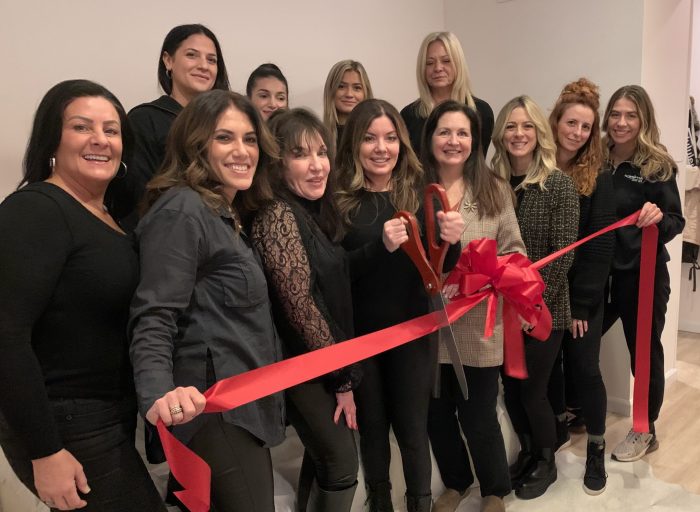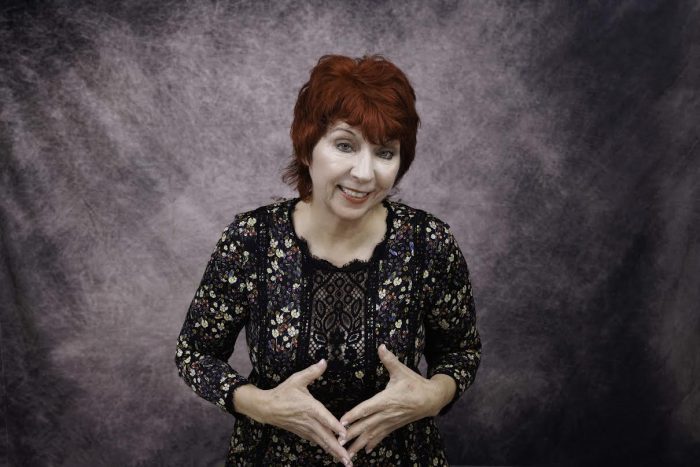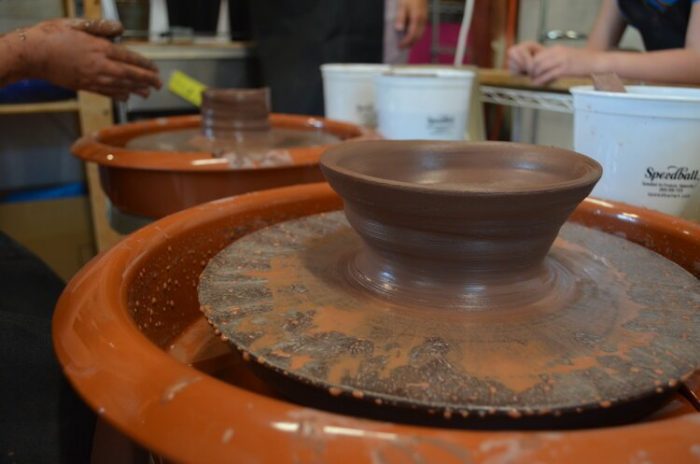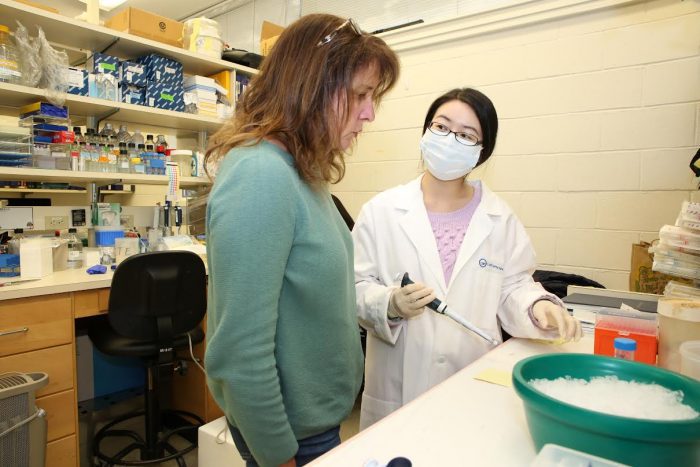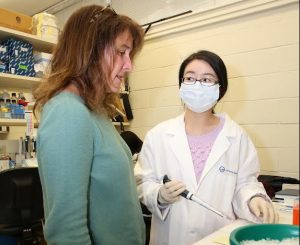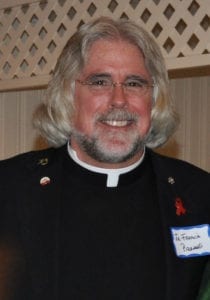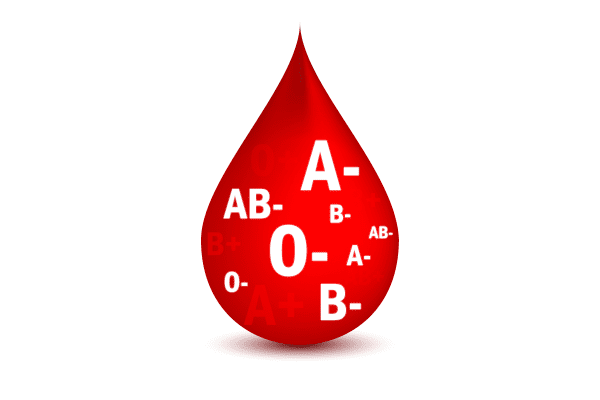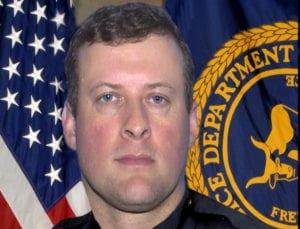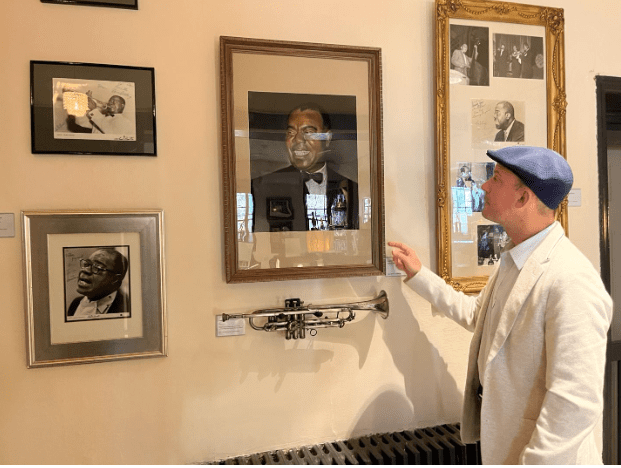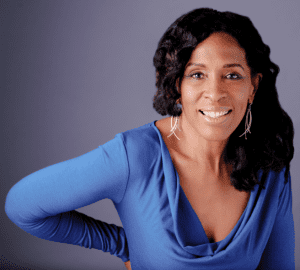By Michael Christodoulou

There aren’t many drawbacks to having a high income — but being unable to invest in a Roth IRA might be one of them. Are there strategies that allow high-income earners to contribute to this valuable retirement account?
Before we delve into that question, let’s consider the rules. In 2023, you can contribute the full amount to a Roth IRA — $6,500, or $7,500 if you’re 50 or older — if your modified adjusted gross income is less than $138,000 (if you’re single) or $218,000 (if you’re married and filing jointly). If you earn more than these amounts, the amount you can contribute decreases until it’s phased out completely if your income exceeds $153,000 (single) or $228,000 (married, filing jointly).
A Roth IRA is attractive because its earnings and withdrawals are tax free, provided you’ve had the account at least five years and you don’t start taking money out until you’re 59½. Furthermore, when you own a Roth IRA, you’re not required to take withdrawals from it when you turn 72, as you would with a traditional IRA, so you’ll have more flexibility in your retirement income planning and your money will have the chance to potentially keep growing.
But given your income, how can you contribute to a Roth?
You may want to consider what’s known as a “backdoor Roth” strategy. Essentially, this involves contributing money to a new traditional IRA, or taking money from an existing one, and then converting the funds to a Roth IRA. But while this backdoor strategy sounds simple, it involves some serious considerations.
Specifically, you need to evaluate how much of your traditional IRA is in pretax or after-tax dollars. When you contribute pretax dollars to a traditional IRA, your contributions lower your annual taxable income. However, if your income is high enough to disqualify you from contributing directly to a Roth IRA, you may also earn too much to make deductible (pretax) contributions to a traditional IRA. Consequently, you might have contributed after-tax dollars to your traditional IRA, on top of the pretax ones you may have put in when your income was lower. (Earnings on after-tax contributions will be treated as pretax amounts.)
In any case, if you convert pretax assets from your traditional IRA to a Roth IRA, the amount converted will be fully taxable in the year of the conversion. So, if you were to convert a large amount of these assets, you could face a hefty tax bill. And since you probably don’t want to take funds from the converted IRA itself to pay for the taxes, you’d need another source of funding, possibly from your savings and other investments.
Ultimately, then, a backdoor Roth IRA strategy may make the most sense if you have few or no pretax assets in any traditional IRA, including a SEP-IRA and a SIMPLE IRA. If you do have a sizable amount of pretax dollars in your IRA, and you’d still like to convert it to a Roth IRA, you could consider spreading the conversion over a period of years, potentially diluting your tax burden.
Consult with your tax advisor when considering a backdoor Roth strategy. But if it’s appropriate for your situation, it could play a role in your financial strategy, so give it some thought.
Michael Christodoulou, ChFC®, AAMS®, CRPC®, CRPS® is a Financial Advisor for Edward Jones in Stony Brook. Member SIPC.


